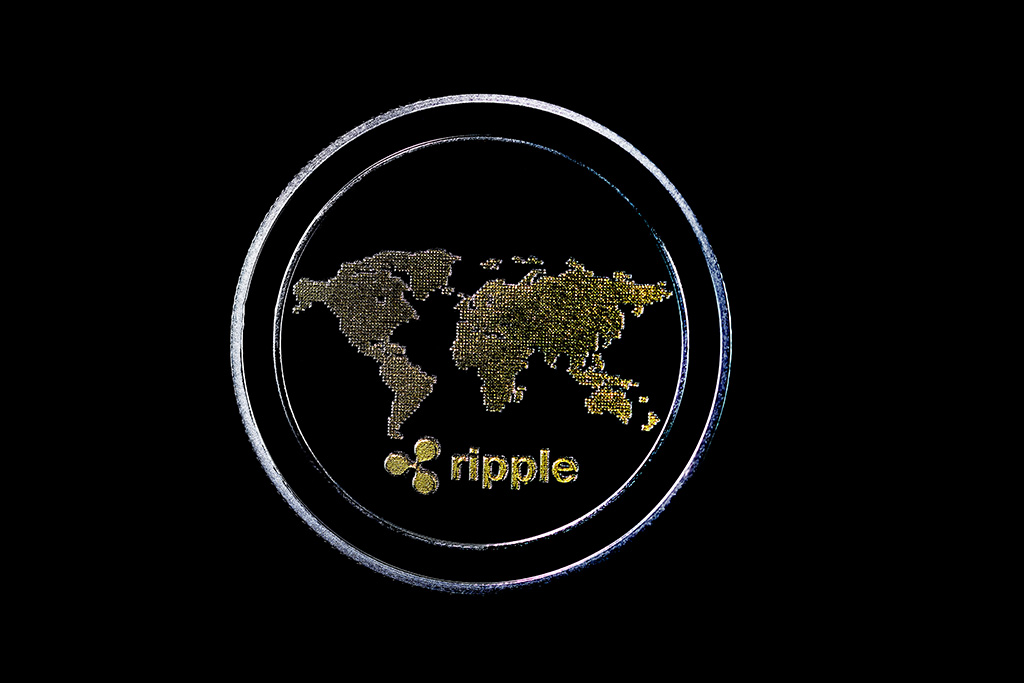The global financial system is undergoing a once-in-a-generation transformation — and it’s happening quietly in the background of banks, central banks, and payment networks worldwide. The shift to ISO 20022, the universal financial messaging standard for international transactions, is creating a new era of efficiency, transparency, interoperability, and regulatory compliance across the world’s payment rails.
For offshore investors, this matters. The migration to ISO 20022 represents the backbone of future value transfer — with digital assets increasingly becoming integrated into these new messaging frameworks. Among them, XRP remains one of the only major digital assets directly positioned to operate within ISO 20022-native financial systems.
Why ISO 20022 Matters: A New Global Payments Language
ISO 20022 introduces structured, rich data that allows:
- Faster settlement
- Lower transaction costs
- Real-time tracking
- Automated compliance
- Improved AML/KYC screening
- Seamless cross-border interoperability
This standard is already adopted or being adopted by SWIFT, Fedwire, ECB’s TARGET system, Bank of England’s RTGS, India’s UPI cross-border framework, and over 200+ financial institutions globally.
In other words: ISO 20022 is becoming the global language of money.
Where XRP Fits In
While ISO 20022 does not endorse or “choose” a cryptocurrency, the standard favors assets and networks capable of carrying rich data, enabling instant settlement, and integrating with regulated financial messaging frameworks.
This is exactly why XRP has been repeatedly referenced as ISO 20022-compatible, and why Ripple-built infrastructure — like RippleNet and On-Demand Liquidity (ODL) — already uses ISO 20022 messaging.
XRP’s alignment with the new standard is significant because:
- It settles in 3–5 seconds, matching real-time payment expectations.
- It is regulatory-friendly, with built-in compliance and full transaction transparency.
- It is designed for institutional-grade throughput, capable of handling 65,000+ transactions per second.
- It uses negligible energy, which is essential for global adoption under ESG mandates.
No other major digital asset is as tightly integrated into regulated payment infrastructure.
Is XRP Finite? Yes — and Here’s Why That Matters
XRP is absolutely finite, despite frequent misinformation in crypto circles.
- Total supply: 100 billion XRP
- No mining (unlike Bitcoin)
- All XRP already created at inception
- No mechanism to create more
In fact, XRP is deflationary because a tiny amount is burned with every transaction — permanently removing XRP from circulation over time.
This scarcity model positions XRP closer to digital “infrastructure” than a speculative commodity.
Market Cap Misconceptions — and Why XRP May Have Massive Upside
Many analysts misunderstand XRP’s upside potential because they misinterpret cryptocurrency “market cap” as if it were an equity valuation. But in utility-based assets, market cap is not a ceiling — it is simply price × circulating supply, not a real measure of capital stored inside the asset.
If XRP becomes a bridge currency for a portion of global liquidity flows — including remittances, FX markets, correspondent banking, and CBDC interoperability — then the value of XRP reflects liquidity utility, not traditional market capitalization constraints.
For XRP, upside potential comes from:
- Serving as a neutral settlement asset
- Acting as a liquidity bridge for banks and institutions
- Being programmed into ODL corridors worldwide
- Becoming the connective tissue between CBDCs, RTGS systems, and stablecoins
- Expanding into tokenized assets, tokenized treasuries, and cross-border FX
Utility assets trade based on the size of the problem they solve — and XRP is solving a multi-trillion-dollar inefficiency in global liquidity.
The Key Difference Between Bitcoin and XRP
The comparison is misunderstood even within the crypto industry. The two assets were built for different worlds:
Bitcoin (BTC)
- Digital gold
- Store of value
- Slow settlement (10 minutes+)
- High fees during congestion
- Energy-intensive mining
- Not designed for banks or messaging systems
- Not ISO 20022-aligned
Bitcoin is a monetary asset, not a payments rail.
XRP
- Real-time settlement instrument
- Designed for fast, cheap, cross-border payments
- No mining
- Deflationary
- Handles institutional volume
- ISO 20022-compatible messaging
- Integrates with banking systems
- Perfect for CBDC interoperability
XRP is a utility asset for global liquidity, not a digital commodity.
Banks won’t use Bitcoin for settlement. But they are already using XRP, directly or indirectly, through RippleNet rails built on ISO 20022 standards.
Conclusion: ISO 20022 + XRP = The New Global Payment Framework
The global migration to ISO 20022 is not just a software update — it is the foundation of a new monetary infrastructure. The financial system is moving toward interoperability, instant settlement, and compliance-driven digital money.
XRP is not only aligned with this transformation — it was engineered for it.
As institutions adopt ISO 20022, the need for a real-time, neutral, liquid settlement asset becomes more urgent. XRP remains the only major digital asset positioned to fill that role at scale.
Investors who understand this early will be positioned for one of the most significant capital rotations in modern finance.
Invest Offshore Note
Invest Offshore currently has multiple investment opportunities in West Africa’s Copperbelt Region, seeking strategic investors for large-scale energy, mineral, and infrastructure projects — a fast-emerging corridor of global importance.

Leave a Reply